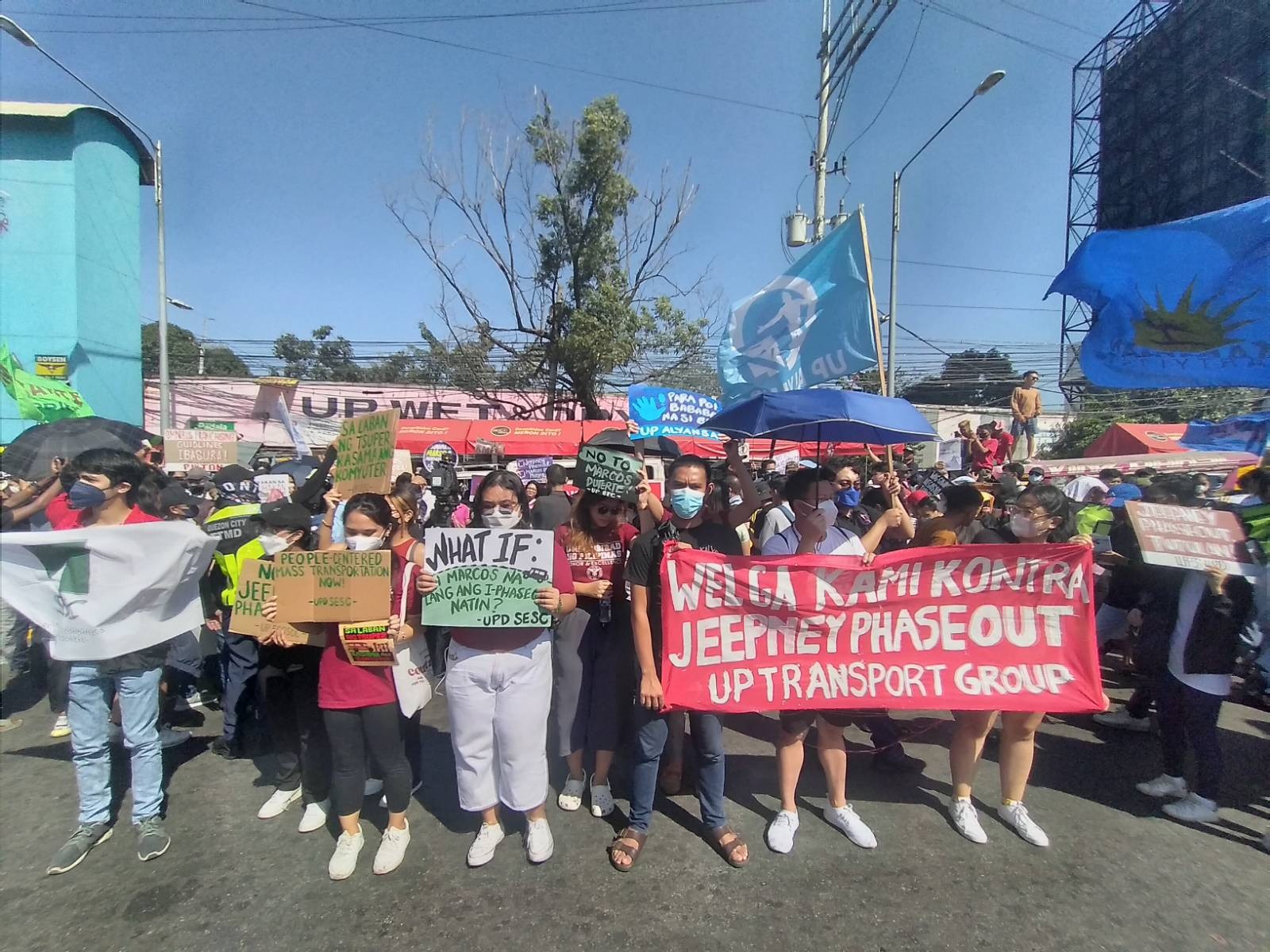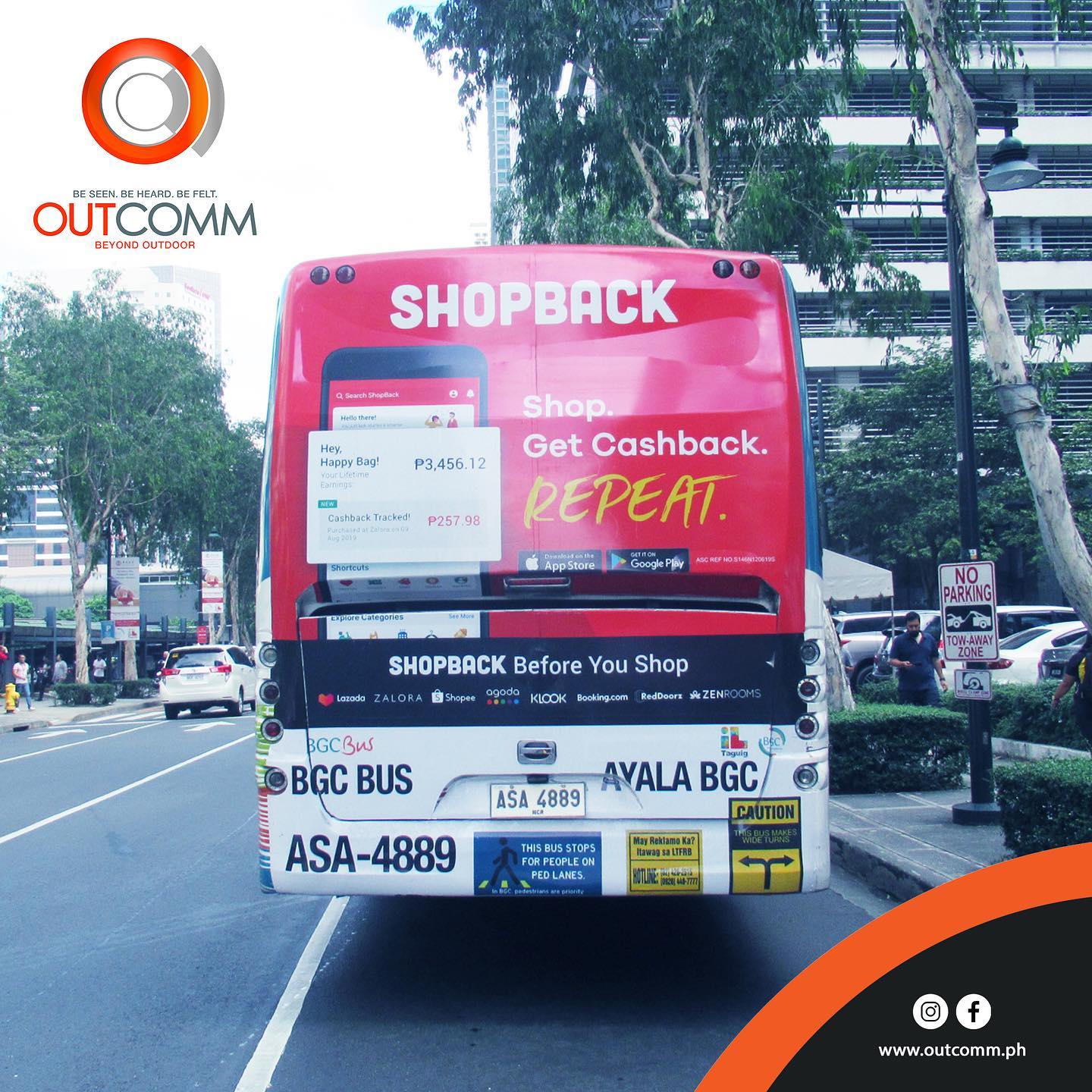Raise Brand Reach with Transit Advertising Philippines
Raise Brand Reach with Transit Advertising Philippines
Blog Article
Recognizing the Function of Transit Advertising in Enhancing Brand Visibility and Consumer Involvement
Transit advertising and marketing has arised as an essential element in the marketing landscape, using special possibilities for brand names to raise their presence and involve consumers successfully. With the capability to reach a diverse and restricted audience throughout their daily commutes, these advertising strategies are not simply regarding visibility; they have to do with developing purposeful connections with possible clients. As we explore the multifaceted advantages and ingenious approaches within transit advertising and marketing, it becomes important to consider how these aspects collectively influence customer assumption and behavior, increasing inquiries regarding their lasting influence on brand loyalty.
Definition of Transit Advertising
Transportation marketing describes the method of promoting products, services, or brand names with promotions placed around public transport systems. This type of marketing encompasses a variety of positionings, including posters on buses and trains, electronic screens at transportation stations, and covers on the outside of cars. It aims to get to a diverse audience, maximizing the high foot website traffic related to public transit.
Transportation advertising and marketing is tactically positioned to record the interest of commuters, that often invest significant time traveling or waiting. By incorporating ads into the day-to-day routines of individuals, brand names can develop a long-term impact and foster brand name recognition. The medium is specifically reliable in metropolitan atmospheres, where public transport is a key setting of traveling.
In addition, transit advertising and marketing can promote local targeting, allowing companies to get to particular demographics based on transportation courses and terminal places. As metropolitan populaces expand and making use of public transport rises, this advertising approach has actually acquired prestige as a vital element of incorporated marketing approaches. The dynamic nature of transit advertising and marketing, combined with its capability to involve customers in a captive atmosphere, emphasizes its significance in contemporary advertising and marketing practices.
Benefits of Transportation Advertising
The performance of transportation advertising depends on its ability to provide a multitude of advantages to brand names seeking to boost visibility and interaction. Among the primary advantages is the considerable reach it provides; transportation advertisements can effectively target diverse demographics throughout urban areas, getting to both travelers and pedestrians alike. This broad exposure substantially increases brand understanding.
One more advantage is the high regularity of perceptions. As transit cars travel along well established paths and stop at several locations, they create repetitive exposure that reinforces brand name messages. This regularity promotes experience, which is vital in customer decision-making.
Transit marketing is also affordable compared to other media platforms. Given its extensive reach and possibility for high perceptions, brand names commonly experience a lower expense per thousand impressions (CPM), maximizing their advertising and marketing spending plan.
In addition, transportation advertisements can produce a sense of community connection. By aligning with regional transportation systems, brands can reverberate with local audiences and cultivate a feeling of local pride. This local method improves brand commitment and involvement, making transportation advertising and marketing an engaging selection for companies aiming to strengthen their visibility in the marketplace.

Reliable Approaches for Transportation Campaigns
To make best use of the influence of transportation campaigns, brands ought to utilize calculated preparation and execution tailored to their target market. First, determining the market features of the audience utilizing public transit is essential. This permits brands to produce individualized messaging that resonates with potential clients.
Next, selecting the best transportation tools is crucial. Whether utilizing bus covers, metro posters, or digital displays, each tool has distinct advantages that can boost visibility. For example, vivid visuals on bus wraps can draw in focus, while electronic ads can be updated regularly to reflect timely promos.
In addition, integrating a cohesive branding method throughout transit platforms guarantees uniformity and strengthens the brand name's identification. Using remarkable taglines and captivating styles will certainly reinforce brand name recall among commuters.
By utilizing these techniques, brands can effectively harness the potential of transportation advertising, fostering greater awareness and connection with their target audience. Ultimately, a well-executed transit campaign can drive considerable growth in brand name exposure and consumer engagement.

Measuring Effect and Interaction
In assessing the effectiveness of transit marketing campaign, precise measurement of impact and engagement is vital for brand names looking for to optimize their advertising techniques. Metrics such as reach, frequency, and impressions provide fundamental information to examine exposure. Evaluating these variables assists establish exactly how many prospective customers are subjected to the advertisements throughout their daily commutes.
Interaction can be further assessed through consumer communications, such as site web traffic, social media points out, and direct reactions to calls-to-action included in the ads. Using tools like QR codes or distinct Links can help this page with monitoring of consumer habits directly linked to transportation campaigns. Studies and feedback systems additionally function as useful methods to gather qualitative information on customer understandings and recall of the promotion.
Moreover, advanced analytics and acknowledgment versions can correlate transit exposure with succeeding buying habits, supplying insights into the return on financial investment. By employing an extensive technique that incorporates qualitative and quantitative procedures, informative post brands can develop a nuanced understanding of their transportation advertising effect. Eventually, this data-driven method makes it possible for brands to improve their campaigns, guaranteeing they resonate efficiently with target market and enhance general brand name presence.
Study of Effective Campaigns
Effective transportation ad campaign work as engaging instances of just how reliable approaches can boost brand name exposure and interaction. Transit Advertising Philippines. One significant situation is the "I Love New York" campaign, which transformed the city's picture and drew in millions of travelers. By utilizing train advertisements, signboards, and bus covers, the project created a strong, natural brand name identity, leading to a substantial uptick in tourist and neighborhood organization patronage
Another exemplary campaign is Coca-Cola's "Share a Coke" initiative, which leveraged transit advertising and marketing to personalize the brand experience. By featuring popular names on promotional products throughout various transportation platforms, Coca-Cola fostered a deeper emotional connection with consumers, motivating them to share their experiences on social media sites.
Additionally, the "Got Milk?" campaign effectively made use of mass transit ads to get to a broad target market, strengthening the message of the significance of milk in a well balanced diet plan. The campaign saw a quantifiable increase in milk intake in target demographics.
These study highlight that when implemented thoughtfully, transit advertising can significantly Click Here boost brand visibility, foster customer engagement, and drive quantifiable outcomes, showing its essential duty in modern-day advertising techniques. - Transit Advertising Philippines
Conclusion
To conclude, transportation marketing works as an important tool for enhancing brand visibility and cultivating customer involvement. By using tactically placed promotions within mass transit systems, brands can properly strengthen and reach varied target markets recognition through constant direct exposure. The application of targeted messaging and cutting-edge techniques additionally amplifies the influence of transit campaigns. Ultimately, the capability to determine involvement and assess effective case research studies highlights the efficiency of transit advertising and marketing in driving brand name commitment and customer communications.
Transit advertising has emerged as a pivotal element in the advertising landscape, providing special opportunities for brand names to raise their exposure and involve customers successfully.Furthermore, transportation advertising and marketing can facilitate localized targeting, permitting businesses to get to certain demographics based on transit paths and station locations.In assessing the efficiency of transit advertising campaigns, precise dimension of effect and engagement is important for brands looking for to optimize their marketing approaches.Successful transportation marketing campaigns offer as compelling instances of exactly how effective approaches can elevate brand name exposure and involvement.In final thought, transit marketing offers as an essential tool for boosting brand exposure and cultivating consumer involvement.
Report this page